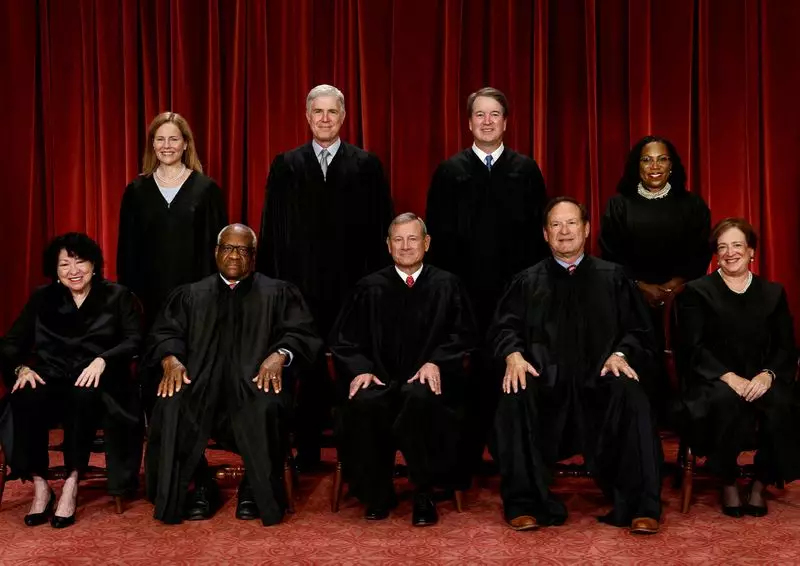The U.S. Supreme Court’s conservative majority has made significant rulings this term aimed at curbing federal regulatory authority. This has solidified their crucial role in reducing the power of the “administrative state,” a long-standing objective of business interests and other conservative groups. The court’s decisions have had far-reaching implications, restricting the federal government’s ability to regulate various sectors such as stock trading, pollution, and other key areas. Notably, the court overturned the 1984 Chevron deference precedent, which granted deference to government agency interpretations of federal law. This ruling will enable judges to more easily challenge regulatory actions by U.S. agencies, impacting areas such as air and water quality, food safety, employment standards, and investor protection.
One of the significant rulings by the conservative majority involved enforcement actions by the Securities and Exchange Commission handled in-house instead of in federal courts. The court deemed this practice as a violation of the Constitution’s Seventh Amendment right to a jury trial. This decision could have broader implications for other agencies, making it more challenging for them to enforce regulations effectively. Legal experts have highlighted the importance of this ruling, noting that it will fundamentally alter how agencies approach their rulemaking processes and face legal challenges moving forward.
Legal scholars have debated the extent to which the Supreme Court’s rulings have undermined the power of regulatory agencies. Some experts argue that the court has taken steps toward dismantling the federal regulatory state by restricting Congress’ ability to utilize agencies for developing federal policy. However, others suggest that while the justices have demonstrated skepticism toward regulatory bureaucracies, they have not completely dismantled the administrative state. The court’s decisions have certainly made it easier for regulated parties to challenge agency actions, reflecting a broader trend of limiting agency power in recent years.
Despite the conservative majority’s efforts to curb federal regulatory authority, the court declined to further restrict access to abortion in two major cases on their docket. While the justices did not expand gun rights under the Second Amendment in a specific case, they also did not clarify the underlying legal questions, leaving room for future challenges. This term’s rulings on abortion and gun rights demonstrate a nuanced approach by the conservative justices, indicating that they are not solely focused on restricting abortion rights or expanding gun rights at all costs.
The Supreme Court’s decisions on federal regulatory authority, abortion, and gun rights have significant implications for the legal landscape in the United States. As the court concludes its term, it sets the stage for future cases involving regulatory challenges, abortion restrictions, and gun control measures. The conservative majority’s approach to these critical issues highlights the complex legal considerations at play and underscores the court’s enduring impact on American society. It remains to be seen how future cases will shape the legal framework surrounding these contentious issues and the broader implications for federal regulatory authority.

